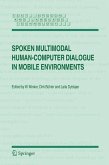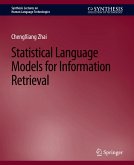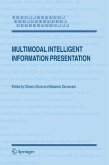Advances in Multimodal Large Language Models for Healthcare: Methods and Applications is a valuable reference providing insights for understanding and using Large Language Models in healthcare applications for researchers, academics, and practitioners. The book starts by explaining the key concepts of artificial intelligence, machine learning, deep learning, evolution of neural networks, and evolution of transformer models so that readers who want to explore AI-driven approaches for healthcare can understand the basic methodology. The book then covers generative AI and LLMs for a wide spectrum of healthcare applications such as mental health, clinical decision support, interactive system design, and sensitive analysis. Although LLMs have shown some promising results in the healthcare sector, numerous challenges need to be addressed before they can be used in patient care. The two key issues with the adoption of LLMs regarding healthcare settings are reliability, transparency, interpretation of results and bias (data and algorithm) management. Unless properly and adequately validated, there may be incorrect medical information provided by the LLM-based systems, which can lead to misdiagnosis or hazardous treatment errors. At this point, LLMs have not only been used for decision making or documentation, they have also proven to be useful in patient engagement through QA systems, medical chatbots, and virtual healthcare. LLMs have been used for the analysis of ground numeric time-series health data that is wearable and clinically sensed to enable monitoring of patient health in various activities such as activity recognition, calculating calories burned, and classifying atrial fibrillation. This book provides readers with a deep dive into the emergent intersection of LLMs and health care, with guidance into applications, technical and programming methods, as well as risks and pitfalls to avoid.
Bitte wählen Sie Ihr Anliegen aus.
Rechnungen
Retourenschein anfordern
Bestellstatus
Storno








